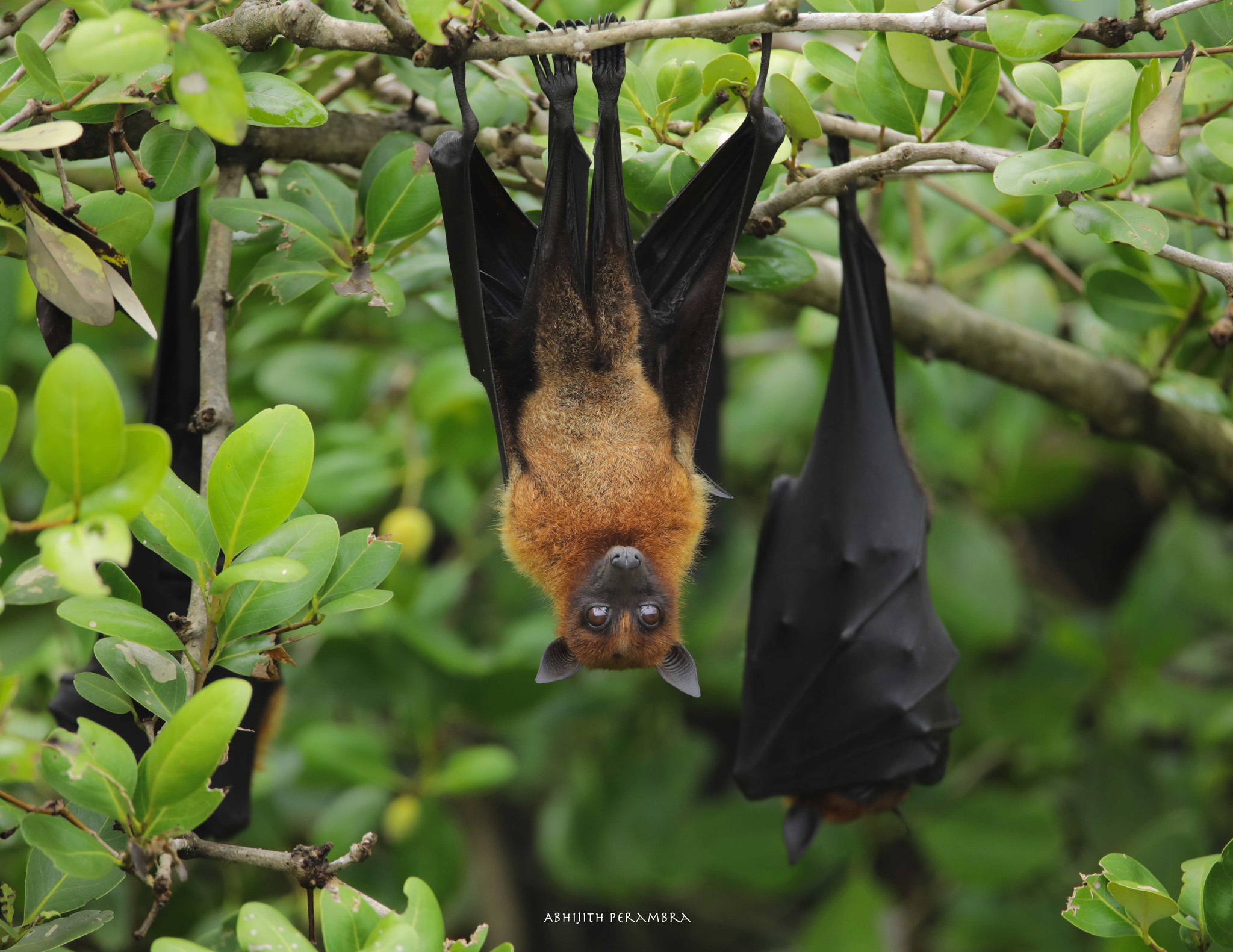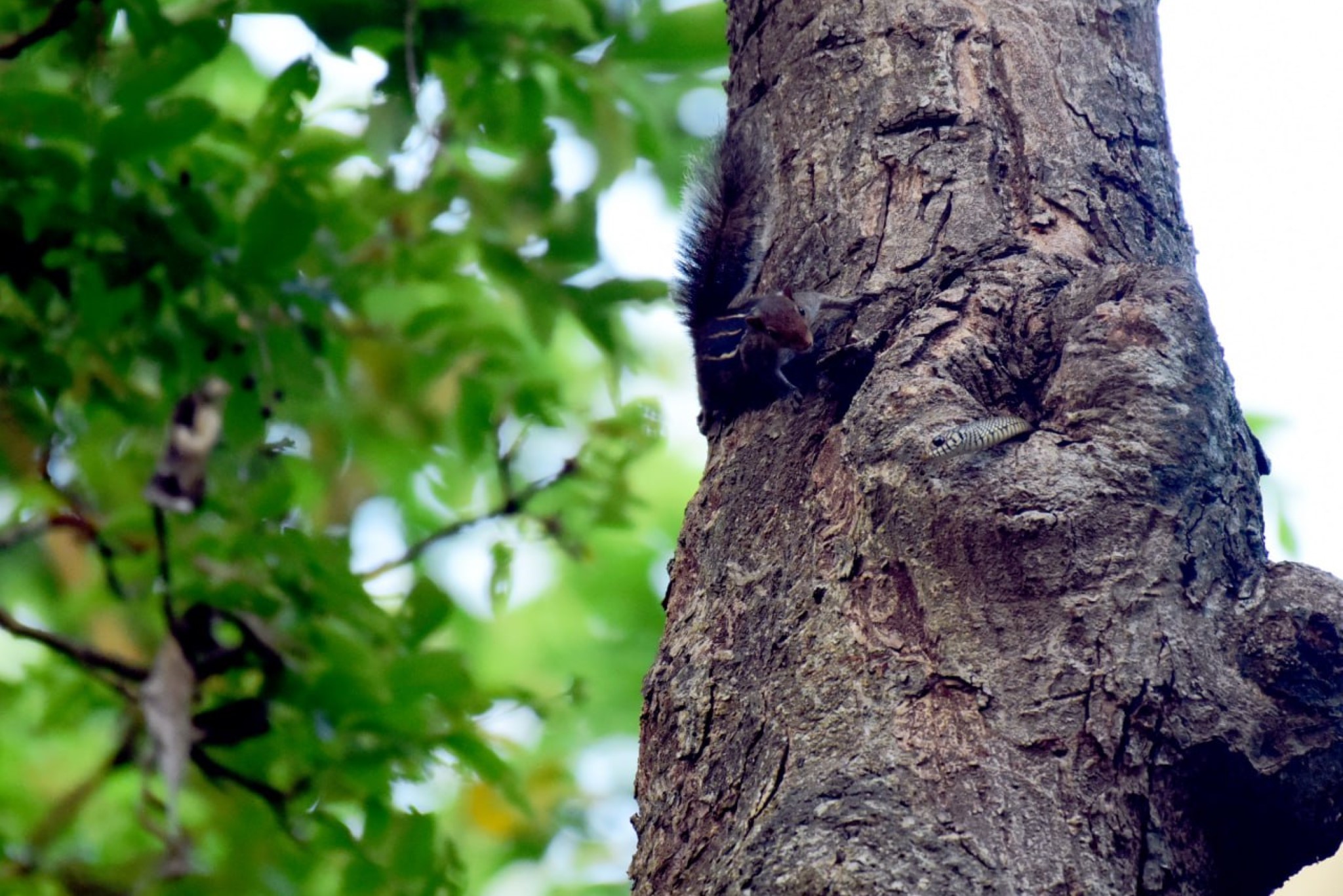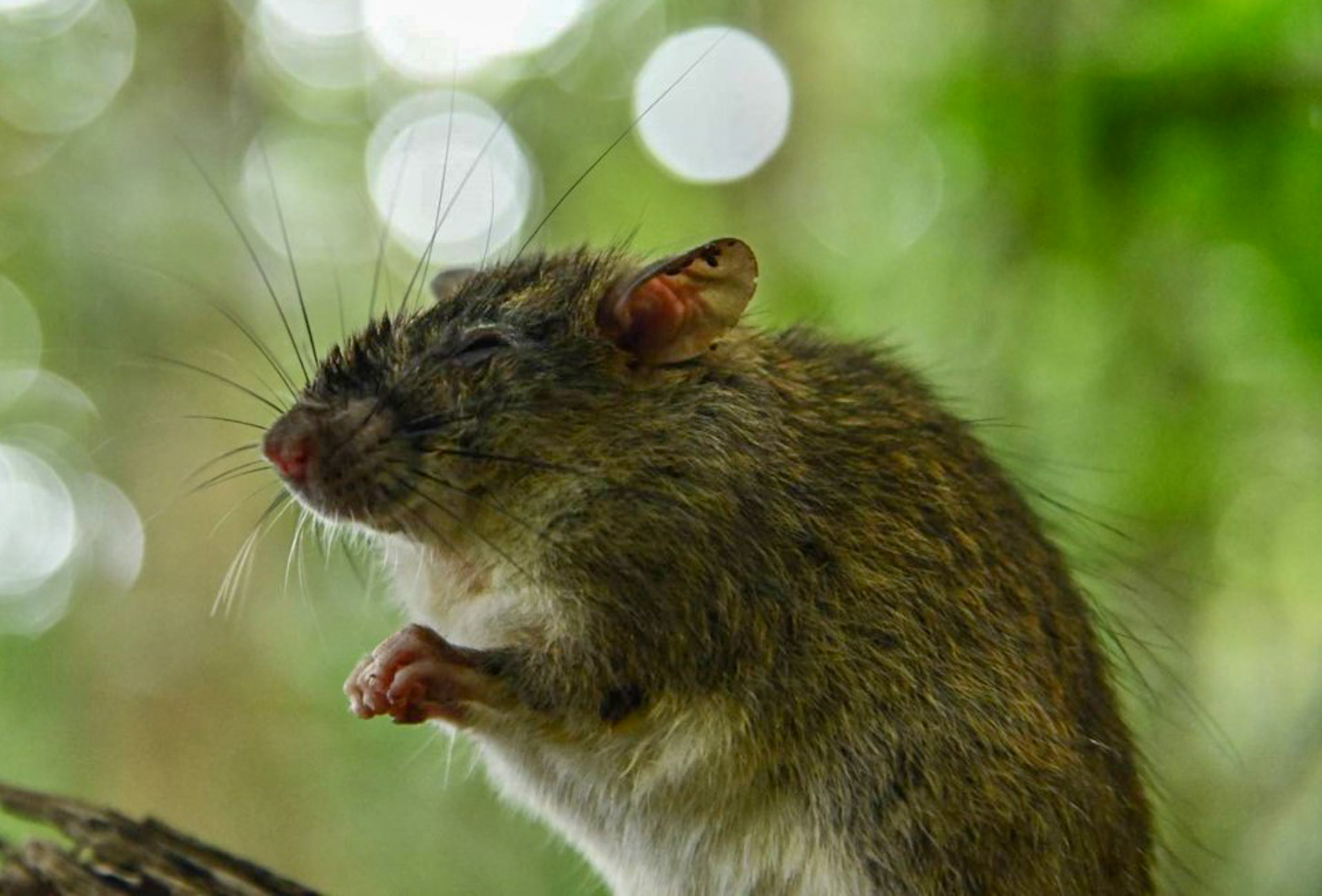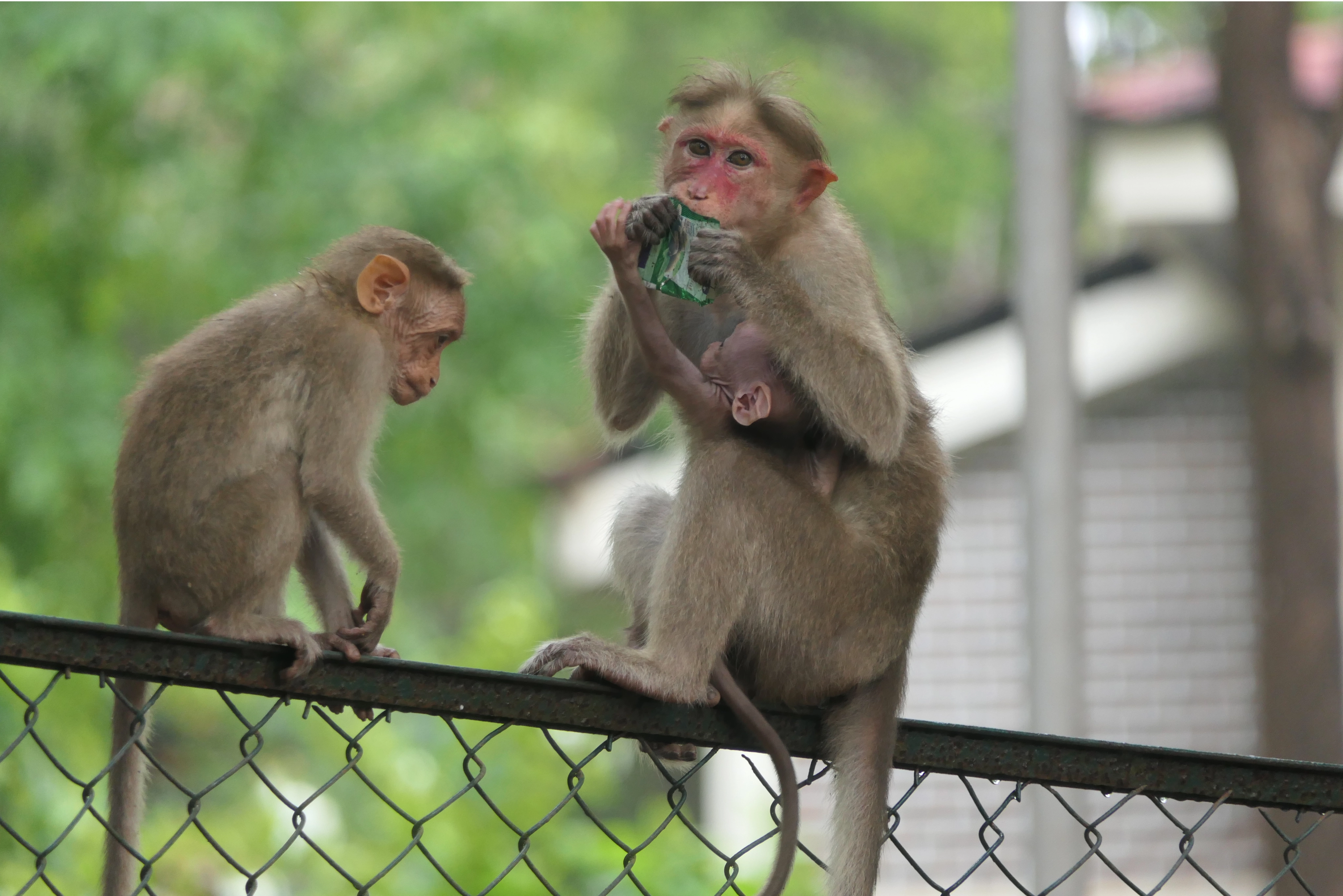Wildlife ecology, behavioural ecology and community ecology
Understanding the demography, habitat use, resource use, space use, and interactions of species and populations, along with the impact of human activities within rapidly changing climatic conditions, is vital for informing effective wildlife management and conservation strategies.
Behavioural ecology is central to informing natural resource and wildlife management as it provides an early warning system for environmental changes. By directly or indirectly influencing vital rates like survival and reproduction, behaviour plays a key role in population dynamics and conservation. The projects and programs under this theme primarily emphasise the well-established connections between behavioural ecology, population ecology, and community ecology for effective conservation.
Our lab uses various sampling designs and statistical modelling approaches to analyze wildlife data collected with a variety of methods, from live-trapping to non-invasive techniques (hair sampling, camera trapping), and DNA collection to enhance our knowledge of science-driven wildlife conservation and management.
Ongoing & recent projects and programmes:
Bats are the second most species rich order of mammals, and represent up to 40% of mammals in many tropical ecosystems. Moreover, bats are particularly abundant in the tropics and contribute greatly to patterns of species richness and diversity at the local level. Bats exhibit a high degree of ecological diversity, as evidenced in part by a wide variety of plant and animal food they are known to consume. Though there are a number of taxonomic studies or documentation of the species in several locations in India, ecological surveys were the primary research recommendation for almost all species. Little is known on how bat assemblages are affected by human modification of the landscape in the Western Ghats. A large number of bat species are rare and elusive and apart from some anecdotal reports, information on their micro-habitat use and micro-climatic conditions are largely unknown. Exploitation of wildlife and loss of natural habitats is not only a conservation issue, but also an important driver of zoonotic virus transmission. In recent years, bats have been implicated in numerous emerging infectious disease events and have been recognized as important reservoir hosts for viruses that can cross the species barrier to infect humans and other domestic and wild mammals. More than 200 viruses of 28 families have been isolated or detected in bats. The effects of environmental changes on the prevalence of pathogens in wild populations; and the frequency of human contact and pets with wild animals potentially zoonotic reservoirs (including not only direct contact with the animals but also with their droppings, saliva or urine) are key factors related to zoonotic risk. Multi-disciplinary approximation of the data such as colony size, number of bats per species, population structure, habitat use, behaviour of each species, degree of contact between bats, social structure, remaining time of bats in the colony, colony type, foraging area, turnover rate of individuals, shelter temperature, relationship with other colonies, co-infection processes, etc are required to understand future zoonotic risk factors and formulate preventive measures and hence this study. The overall aim of this project is to understand the response of bats to land-use changes and their habitat use to understand the future zoonotic risk. The specific objectives are to: assess community and population structure of bats along land-use gradients in Kerala, document the habitat associations and threats to the bat populations along the disturbance gradient, understand knowledge and perceptions on bats among different stakeholders in Kerala, and develop conservation management strategies for bats in Kerala with the support of local communities.


Tree cavities are a key feature in sustaining biodiversity in wooded landscapes throughout the world. They host rich, specialized assemblages of numerous vertebrate and invertebrate species. Over 1000 birds and 350 mammals use tree cavities for nesting and roosting, and a large majority of these species are threatened due to the continuing loss of cavity-bearing trees. Most cavity-using species are important ecosystem service providers, and their loss or decline will have a serious impact on ecosystem health and functioning. However, despite the high richness of cavity-using species and structural complexities, studies on tree-cavity microhabitats are scarce in tropical forests and entirely absent in India. This project aims to develop practical conservation strategies for the preservation of cavity-bearing trees, ensuring the survival of cavity-using vertebrates and thereby maintaining the critical ecosystem services provided by them.
Tropical forests are known for their unparalleled complexity and diversity, with delicate intricacies that contribute significantly to global biodiversity and ecological balance. In collaboration with the Department of Ecology, our research endeavours to address several fundamental questions related to the interplay between climate change and the intricate tapestry of the tropical forest ecosystem. Through comprehensive studies, we aim to understand the diversity of species, ecological processes, and the overall resilience of this ecosystem to climatic shifts. This interdisciplinary approach will not only contribute valuable insights into the functioning of tropical forests but also provide essential knowledge for effective conservation and management strategies in the face of ongoing environmental changes. Our current focus is on the vertebrate communities and their interactions in tropical forests of the Western Ghats.


Larger mammals are almost always chosen as the flagship species when it comes to the studies related to management aspects related to conservation of a particular habitat or biodiversity. However, recent studies have proven that the smaller mammals also exhibit a high degree of endemicity and diversity and that these groups can be used in conservation prioritization studies of specific ecosystems. Studies conducted on understanding the relationship between species distribution, their associated habitats and their characteristics is of utmost importance because forest management actions can indiscriminately change the resource distribution, availability and also alter the connectivity that is very much essential for the healthy balance of the community structure. Small mammals act as model organisms and play a key role in identifying and understanding the community structure of a habitat as they are restricted to their own natural microhabitats. This makes them the most suitable organisms to study the effects of habitat degradation, fragmentation and edge creation. The knowledge of their microhabitat preferences and usage can lead us to understand the mechanisms of coexistence and resource partition Volant and non-volant small mammals are the dominant groups of mammals which contributes to 75 per cent the world’s mammalian diversity in which rodents form a major part (about 50%). Rodents come under the Order Rodentia and Family Muridae. They occupy a wide range of natural habitats, including forests, grasslands and agricultural landscapes, as well as human inhabited areas. Most rodents co-existwith one or more similar species and their diversity is a function of many variables including resource range and habitat structure. Recent studies suggest that these rodents play an important role in forest dynamics through their activities as seed predators and dispersers of seeds
Tropical rainforests are renowned for their unparalleled complexity and species diversity, serving as a “lab” for biological research on natural processes. Prioritizing conservation efforts and assessing restoration progress in these ecologically intricate habitats are challenging due to the complexity and diversity. To overcome these challenges, the project proposes the use of structure-based biodiversity indicators, with a particular focus on tree microhabitats (TMHs). TMHs, considered 'keystone structures,' play a crucial role in supporting various dependent taxa and facilitating essential ecosystem services, such as predator-prey interactions and pollination. The aim of this project is to estimate the diversity and abundance of TMHs in these tropical rainforests, recognizing their association with stand complexity and heterogeneity. The study emphasises the potential of TMHs as valuable indicators for monitoring vertebrate diversity, prioritizing habitats, and implementing sustainable forest management in the face of severe threats posed by deforestation and degradation in the Western Ghats

Human civilization has had a negative impact on wildlife; however, several species successfully thrive in urban and rural habitats. Their adaptations to novel stressors, food sources, predators, and other challenges in human-dominated areas enable them to thrive in these environments. The study of these adaptations provides crucial information for conservation efforts and helps mitigate negative interactions, such as human-wildlife conflicts over resources. Globally, primates are among the most threatened animals, with several species inhabiting human-modified habitats. The number of threatened primate species and threats to various primate populations has increased in recent years, casting doubt on the survival of several species. When exploring human-wildlife conflict from an ecological perspective, food emerges as a significant factor driving conflicts and competition for resources. This study aims to understand the dietary selection, food patch preferences, and behavioral flexibility of the Bonnet macaque in different habitats while comparing these findings with anthropogenic food-related factors. Specifically, we seek to explore the relationship between anthropogenic food sources and interactions between humans and Bonnet macaques. This research can provide insights into the primary drivers behind changing foraging behaviors and habitat expansions of Bonnet macaques in anthropogenic environments.
Team & Collaborators:
Sheheer, Nithin , Sreejith, Deepak K, Bharati
Funding:
KSCSTE, MoEF&CC